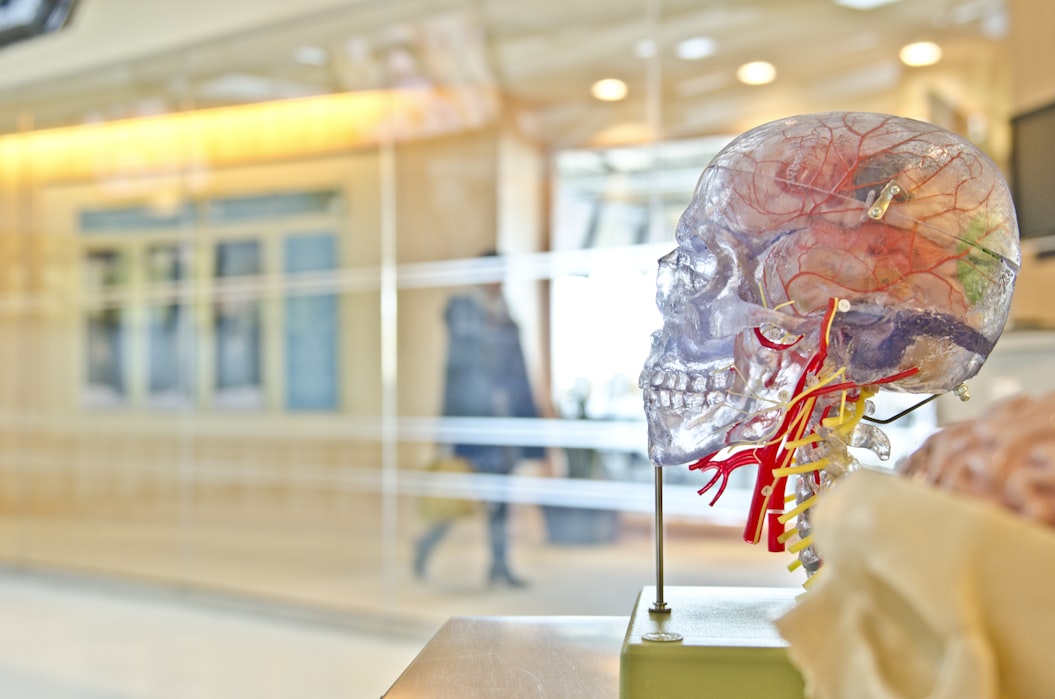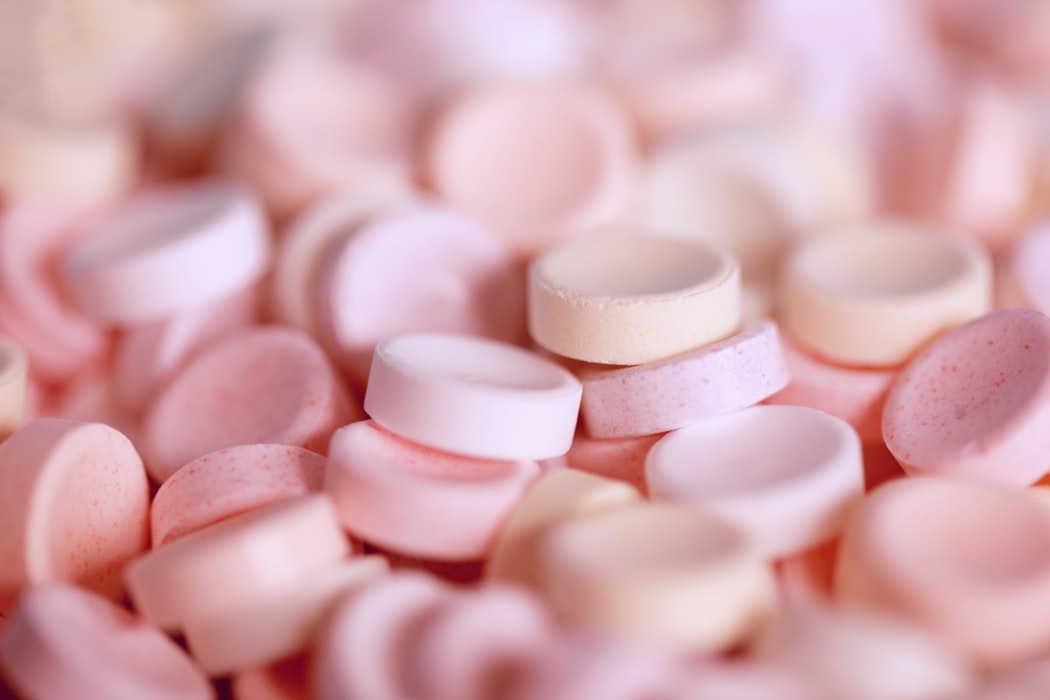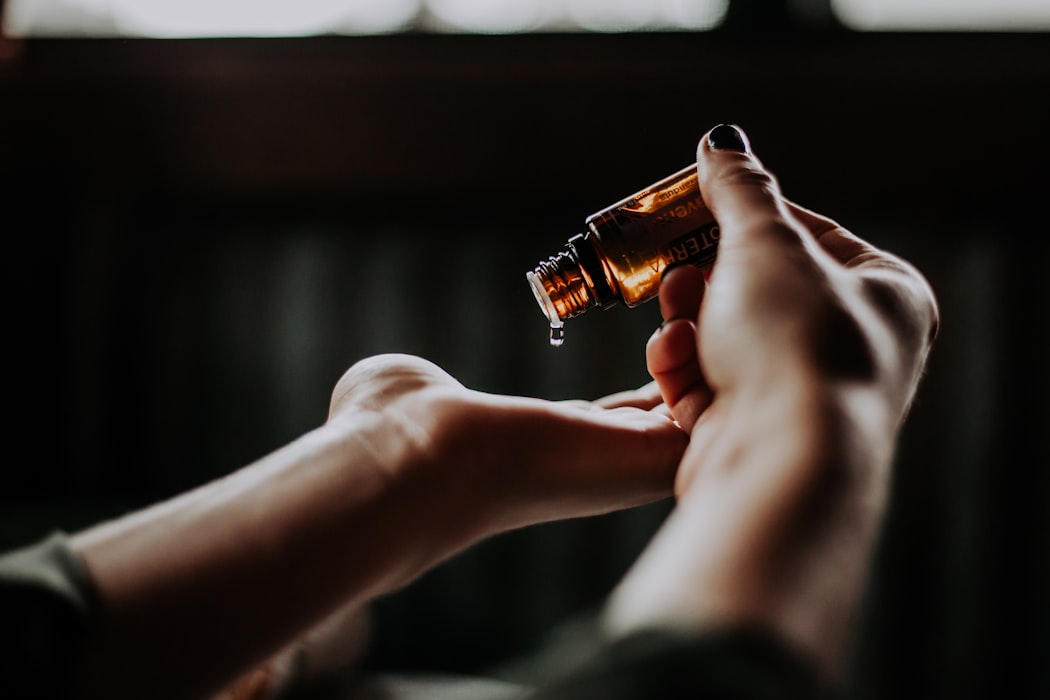December 24, 2012
BY Karen Ashley
3 Comments
We are lead to believe certain things about the human brain, our brain which is in our skull. How would you feel if you woke up one day and everything you once believed was not true after-all? Well, good morning bright eyes, because today is that day. Although not everything you once knew about the human brain is false, some of it certainly is. It's pretty important to know how something as important as your brain works, don't you think so? Here are the facts about some of those silly myths that have, unfortunately, been engraved into our overworked, under known brains.
1)"We only use ten percent of our brains"
There has been many a rumor that we only use ten percent of our brains. This is most certainly not true. Our brains stay active with most of the capacity in use at all times. Every part of the human brain has its own function. They may not all be used at the same time, but they do have a purpose and they do each get used. Could you imagine if that myth was actually true? We would all most likely be walking in circles. We most certainly would not have computers, let alone smartphones. And multitasking would include walking straight and talking at the same time.
2) "Damaged brains never heal"
Have you ever fallen down and scraped you knee? Is it still gushing blood as you are reading this? Well, just as you skin heals so does your brain. It is also able to heal from trauma just as the rest of your body is. It is just a bit different. Its hidden away so we are not as familiar with all it's workings as we would be a scrape on the knee. It does take longer and a different type of recovery process for a brain to recover from certain types of injuries, like a stroke or a severe physical injury. But it is able to heal over time with little or no permanent damage left behind.
3) "Memory loss is a part of aging"
Yes, we hear it often,"Who are you?" followed with, "Grandpa,it's me." Is this what being older is all about? Precious memories being taken over by confusion and questions? You're in luck, it's just a myth! The human body is a simple equation in it's vast complexity. Exercise and a healthy diet full of Salmon, nuts, berries and dark greens keep us intact. Memory loss seems to be more of a chosen avenue. Take good care of your body and it will help you hold on to all those wonderful yesterdays, as well as adding to them with all the good memories to come.
4) "Drug and alcohol use creates holes in the brain"
No matter what, these things are no good for your brain in any way, but they do not create holes in your brain. What looks like holes when a brain scan is taken, is just inactive spots. If a certain part of your brain is inactive then the neurons are not working there during that moment in time. This is why they do not show up on the brain scan.
5) "You can learn or study better through osmosis"
There have been studies and test done trying to see if this is actually possible. None of the test studies have proven it to be true. Some things are just too good to be true. this means its time for some old fashioned studying; coffee pot on, highlighter in hand, and your nose deep in those big books.
Eli Banks is a psychologist and guest author at www.bestpsychologydegrees.org, a site with guides to top-rated online psychology degree programs.













